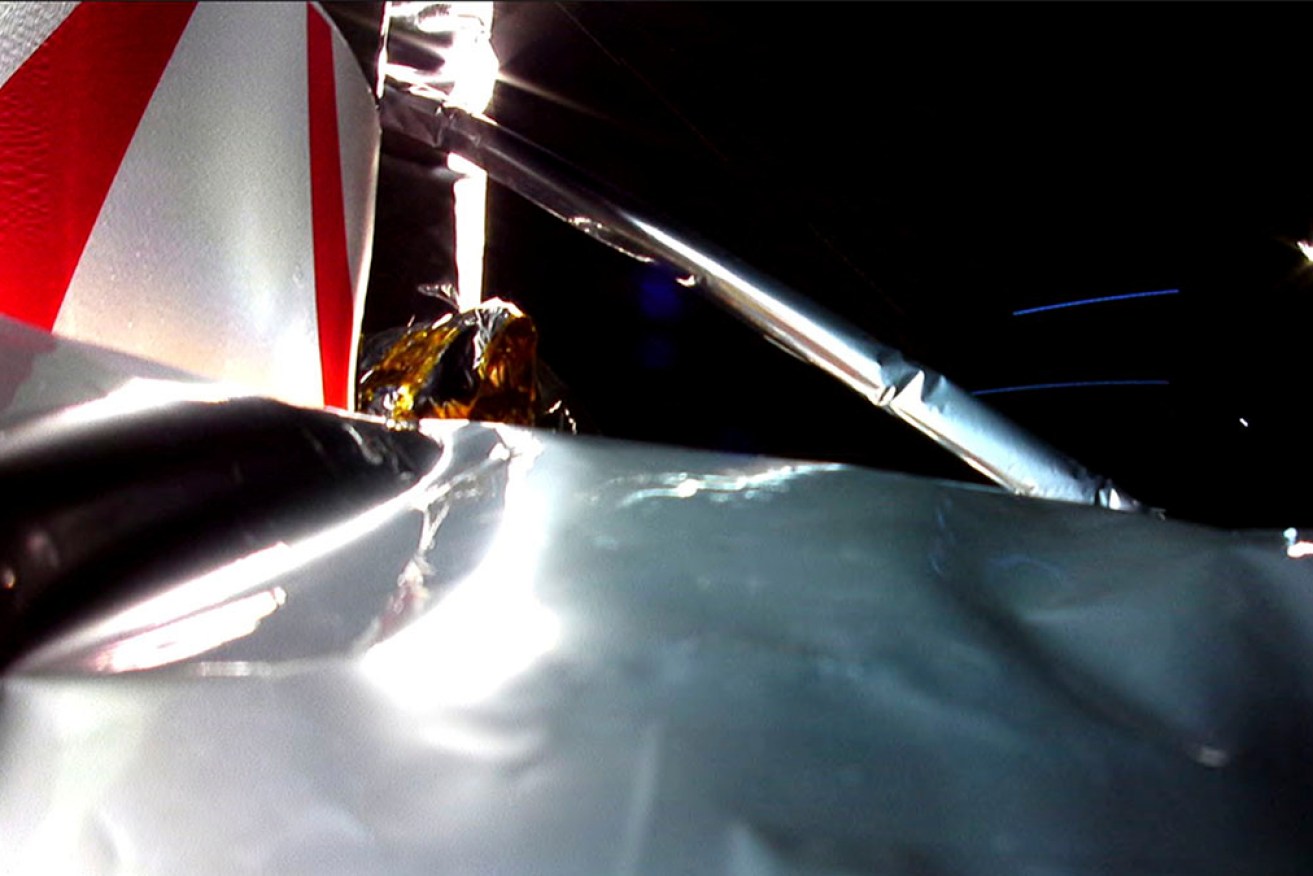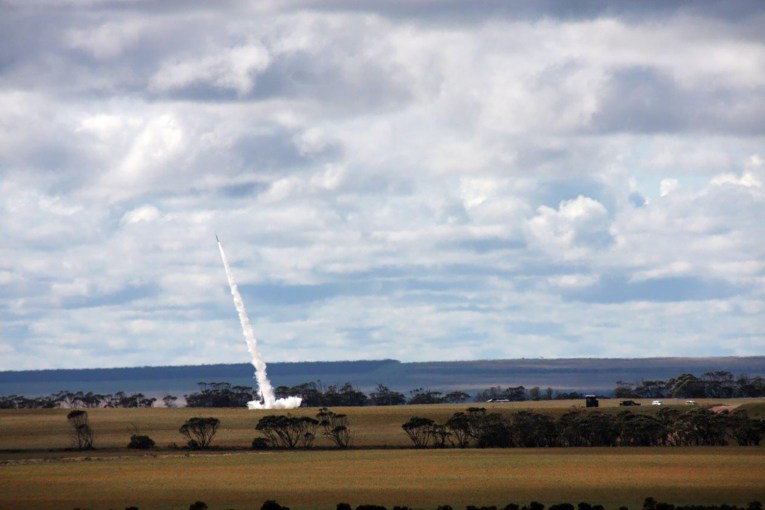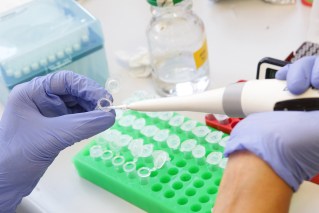Scientists racing to get data from doomed Moon mission

UK scientists are working day and night to get data from the failing Peregrine spacecraft. Photo: Astrobotic Technology via AP
UK scientists who helped develop a piece of technology for a private Moon mission are working around the clock to gather data from the spacecraft before it loses power.
The Peregrine Mission One (PM1), built by US space company Astrobotic, blasted into space on Monday but encountered a fuel leak shortly after launch.
In a statement on X, formerly Twitter, the company said its engineers had managed to orient the spacecraft towards the Sun so the solar panel could absorb sunlight and charge its battery.
However it added that the Peregrine’s thrusters, which are supposed to help maintain its flight path, are having to operate “well beyond their expected service life cycles”, to stop the lander from veering.
Dr Simeon Barber, who helped develop a key sensor called the Exospheric Mass Spectrometer, said he and his colleagues are working to maximise the returns from the sensor as “Peregrine faces a limited lifetime”.
The 1.2-tonne probe – about the size of a garden shed – was launched from Cape Canaveral in Florida, with the aim of landing on the Moon on February 23.
But shortly after separating from United Launch Alliance’s Vulcan Centaur rocket, the Astrobotic team found that Peregrine was struggling to achieve a stable position pointing towards the Sun.
The company said there is now less than 40 hours of propellant left before the spacecraft loses power and starts tumbling.
It said: “At this time, the goal is to get Peregrine as close to lunar distance as we can before it loses the ability to maintain its sun-pointing position and subsequently loses power.”
The key aim of the Exospheric Mass Spectrometer was to analyse the thin lunar atmosphere as well as find out more about how water might be moving around the Moon.
Astrobotic is the first of three US companies to send a spacecraft to the Moon as part of Nasa’s Commercial Lunar Payload Services initiative.
Two other commercial ventures – Intuitive Machines and Firefly – have planned missions to the lunar surface this year.
-PA








